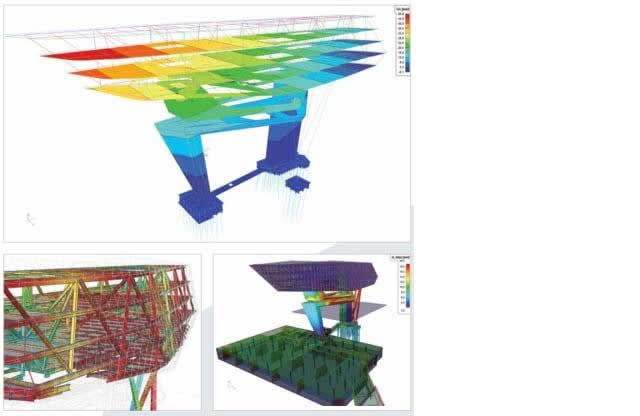kdv1988
Mechanical
- Aug 13, 2019
- 66
Hey guys, I have built a Compressed air venturi operated Drum Pump for my garage. The system consists of a horizontal venturi tube with a pipe (shut-off tube) that is inserted into the Drum. Turning on the venturi creates vacuum in the drum and thus liquid is sucked from outside and is collected in the drum automatically. This pipe contains a float which moves up-down. Purpose of the float is to block the venturi when the liquid reaches up to the highest level in the drum to prevent overflow of the liquid from the drum. Since it is a purely compressed air operated system, there are no electricals and hence no switches. Attached are photos depicting my system, the float & a standard Exair Drum Vac.
Now, the problem I am facing here is that when I turn on the venturi, the vacuum sucks up the float and blocks the venturi immediately thereby stopping the vacuum generation process in the drum. Releasing the pressure causes the float to fall down in the pipe to its original position and ONLY then the system works (i.e liquid rises and the float rises along with the liquid and blocks the venturi when the drum is full).
The material used for the float is either Nylon/Teflon (don't know which as we have a bunch of either rods available with us) and the shut-off tube is SS304. What can I do to ensure the float ONLY rises up in the pipe along with the liquid? Im worried if I increase the weight of the float, it might not float on water and will remain seated at the bottom of the pipe.
I cannot invest a lot of money on an Exair system as we're a small shop and have most of these parts handy. I feel like I am missing something rudimentary here and some guidance will be really helpful. Thanks!
Now, the problem I am facing here is that when I turn on the venturi, the vacuum sucks up the float and blocks the venturi immediately thereby stopping the vacuum generation process in the drum. Releasing the pressure causes the float to fall down in the pipe to its original position and ONLY then the system works (i.e liquid rises and the float rises along with the liquid and blocks the venturi when the drum is full).
The material used for the float is either Nylon/Teflon (don't know which as we have a bunch of either rods available with us) and the shut-off tube is SS304. What can I do to ensure the float ONLY rises up in the pipe along with the liquid? Im worried if I increase the weight of the float, it might not float on water and will remain seated at the bottom of the pipe.
I cannot invest a lot of money on an Exair system as we're a small shop and have most of these parts handy. I feel like I am missing something rudimentary here and some guidance will be really helpful. Thanks!





![[banghead] [banghead] [banghead]](/data/assets/smilies/banghead.gif)